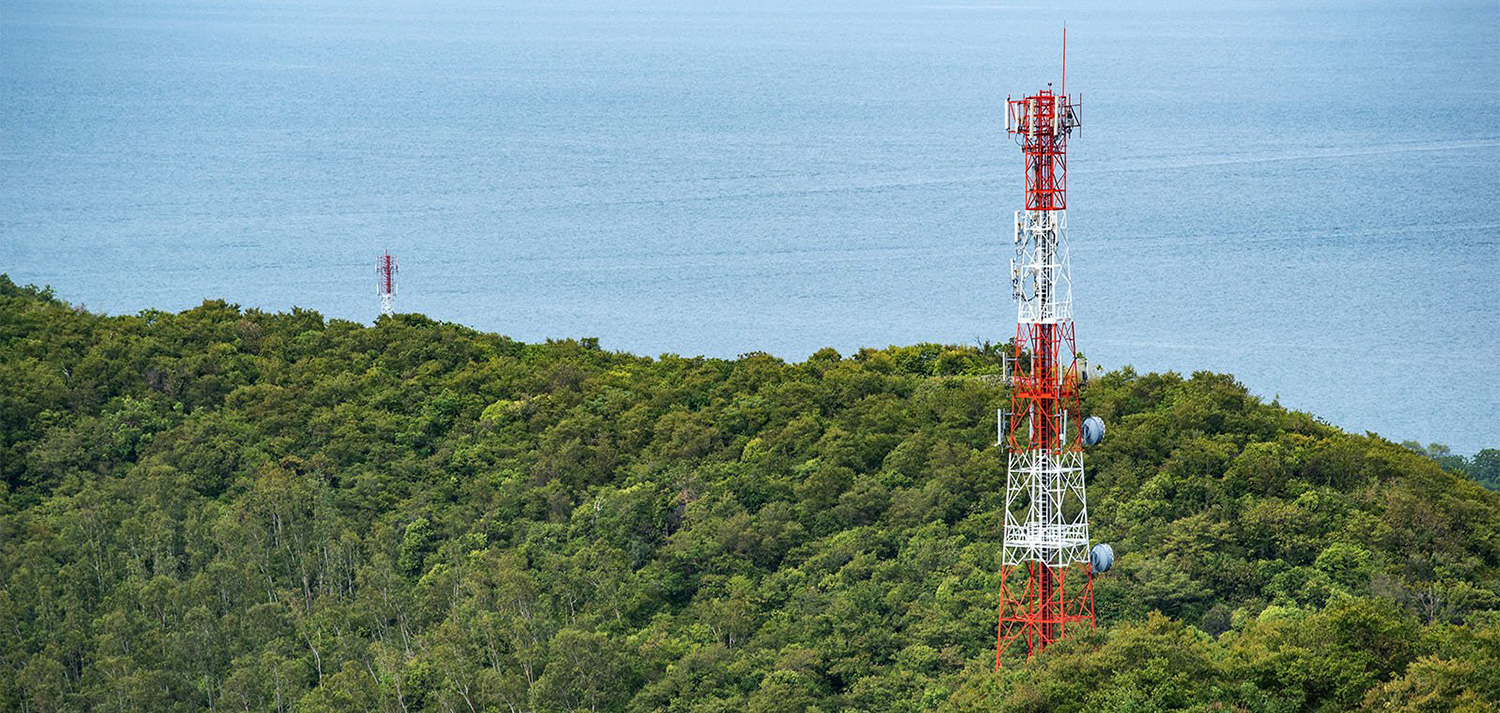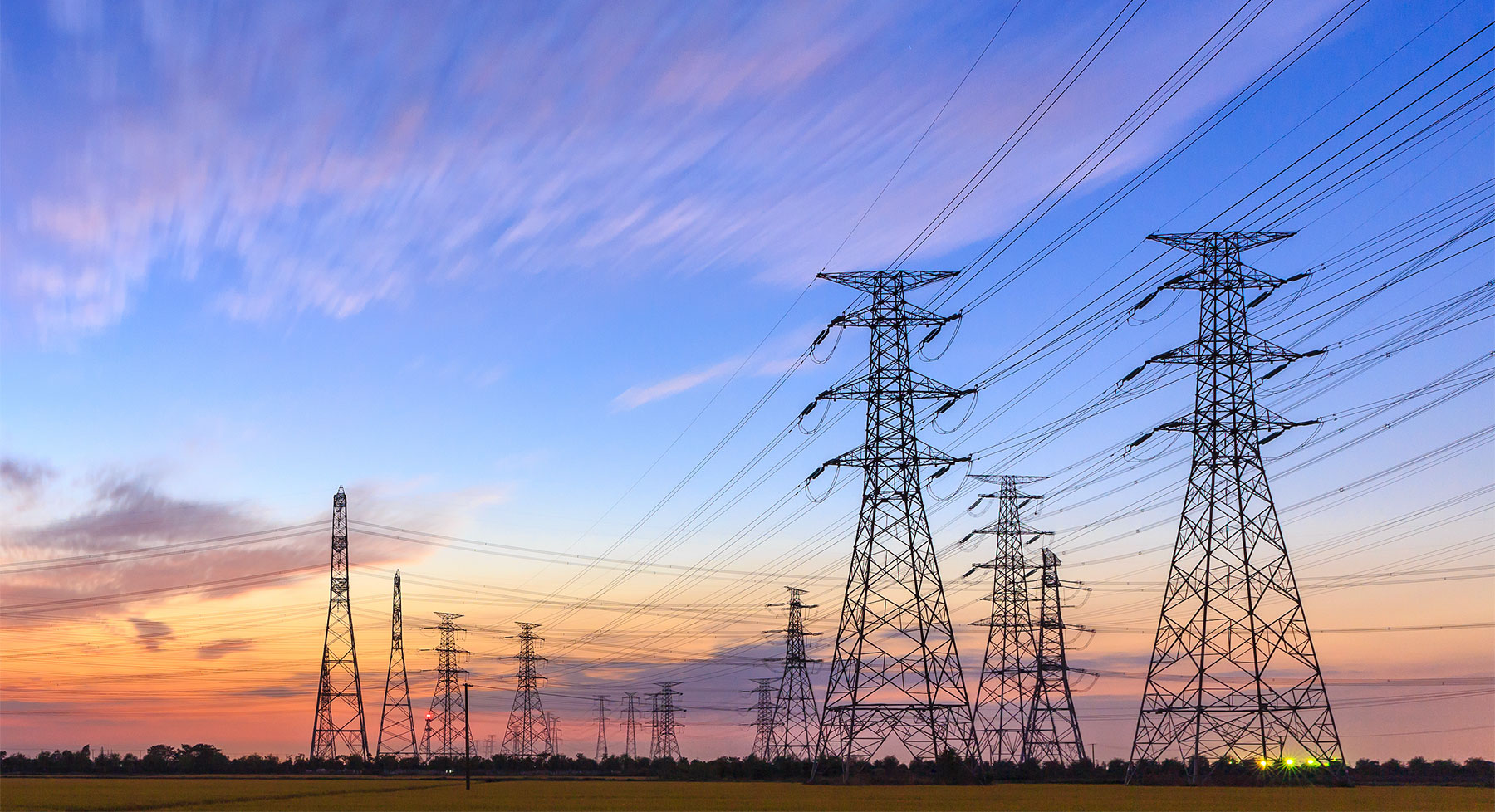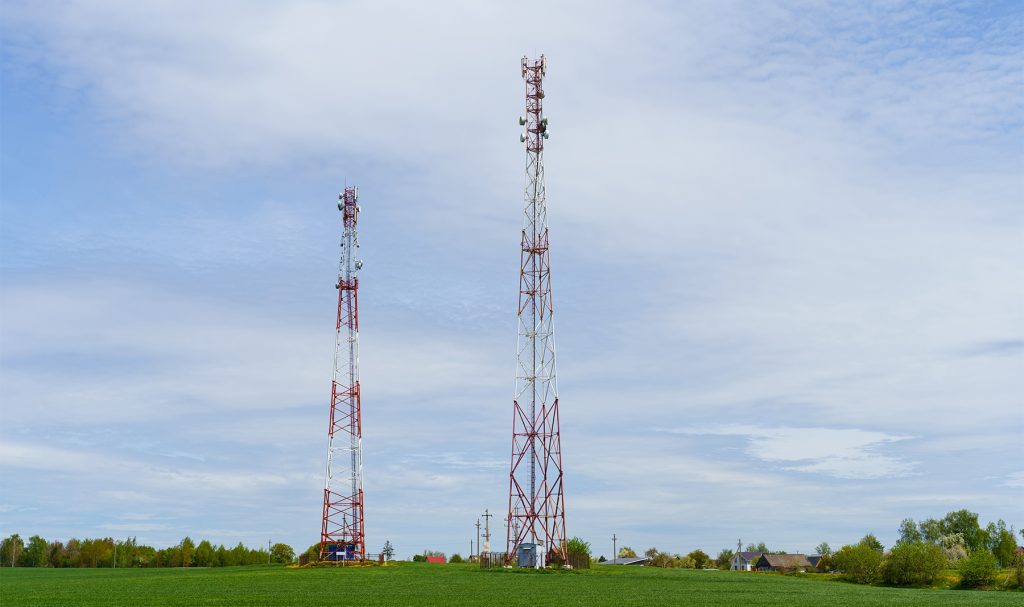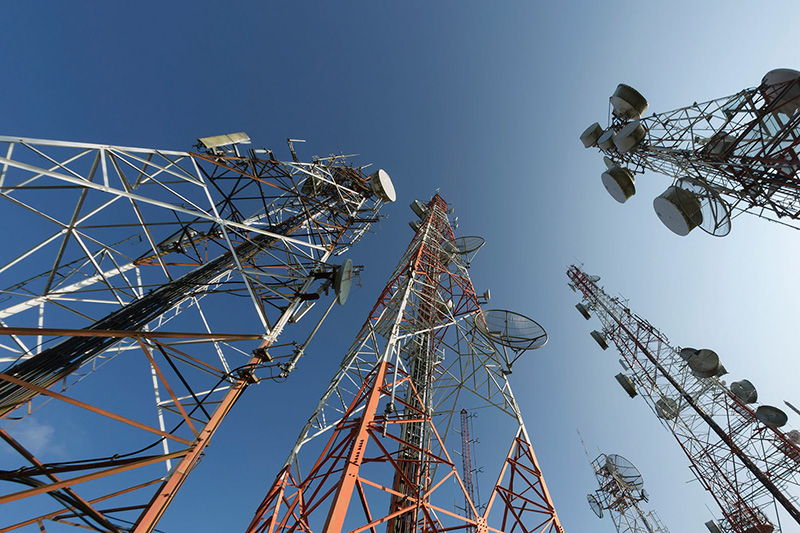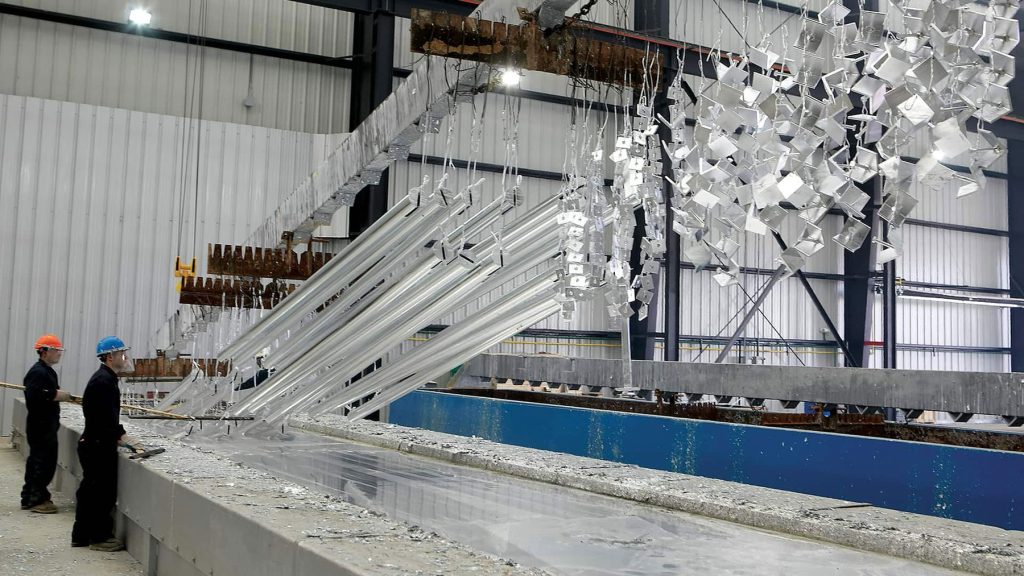Power transmission towers are critical components in the electrical grid, responsible for carrying high-voltage power lines across vast distances. Ensuring their structural integrity, reliability, and longevity is paramount, especially given their exposure to diverse and often harsh environmental conditions. Comprehensive environmental and durability testing is essential to validate the performance and safety of these towers. This article delves into the various tests conducted to assess the environmental resilience and durability of power transmission towers.
Environmental Testing
Environmental testing simulates the real-world conditions that power transmission towers face to ensure they can withstand extreme weather and environmental stressors.
- Corrosion Testing
- Salt Spray Test: This test subjects tower components to a saline mist environment, replicating coastal and marine conditions to assess the corrosion resistance of materials and coatings.
- Humidity Test: High humidity levels are used to test materials’ resistance to moisture-induced corrosion and degradation.
- Weather Simulation Testing
- Thermal Cycling: Materials undergo repeated heating and cooling cycles to simulate day-night temperature variations and seasonal changes, assessing their ability to handle thermal stress.
- UV Exposure: Prolonged exposure to ultraviolet light evaluates the degradation of non-metallic components and coatings.
- Acid Rain Test
- Simulated Acid Rain Exposure: Components are sprayed with acidic solutions to simulate acid rain conditions, testing the impact on materials and protective coatings.
- Wind Load Testing
- Wind Tunnel Testing: Wind tunnels simulate high wind conditions to evaluate the structural response of the tower to gusts and sustained winds.
- Aeroelastic Testing: This test studies the interaction between aerodynamic forces and structural flexibility to ensure stability under wind loading.
- Seismic Testing
- Shake Table Testing: Simulated earthquake conditions evaluate the tower’s structural response to seismic activity, ensuring stability and integrity during earthquakes.
- Ice and Snow Load Testing
- Ice Accretion Simulation: Ice accumulation on the tower is simulated to evaluate structural integrity and performance under ice load conditions.
- Snow Load Testing: The impact of heavy snow loads on the tower’s structure is assessed.
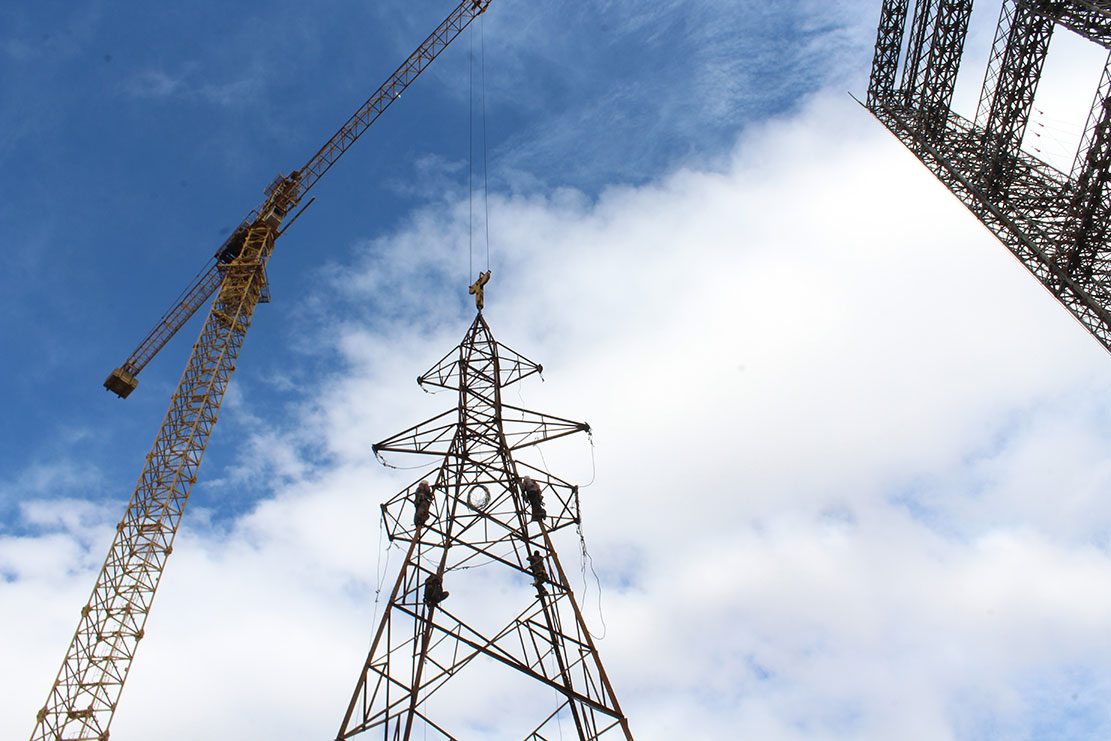
Durability Testing
Durability testing ensures that power transmission towers can withstand long-term environmental exposure and operational loads.
- Accelerated Aging Tests
- Accelerated Weathering: Materials and coatings are subjected to intensified environmental conditions to predict long-term performance in a shorter timeframe.
- Fatigue Testing: Cyclic loads are applied to assess the durability of materials and connections over the tower’s expected lifespan.
- Material and Coating Durability
- Tensile and Compressive Strength Tests: These tests evaluate the strength of materials to ensure they can withstand expected loads without failure.
- Adhesion Tests: The adhesion strength of protective coatings is measured to ensure they remain intact and effective over time.
- Foundation Durability Testing
- Soil-Structure Interaction Tests: Long-term interaction between the tower foundation and soil is assessed to ensure stability and prevent settlement issues.
- Foundation Integrity Monitoring: Techniques like Ground Penetrating Radar (GPR) detect subsurface issues or degradation over time.
- Load-Bearing Capacity Tests
- Static Load Tests: Static loads are applied to evaluate the structural capacity of the tower and its components.
- Dynamic Load Tests: Dynamic loads simulate real-life conditions like wind and seismic activity.
- Structural Health Monitoring
- Long-Term Monitoring Systems: Sensors continuously monitor strain, stress, displacement, and vibrations to detect signs of degradation or structural issues over time.
- Periodic Inspections and Maintenance: Regular inspections and maintenance are conducted based on monitoring data to ensure ongoing durability and performance.
Conclusion
Environmental and durability testing for power transmission towers is a comprehensive process that ensures these critical infrastructure components can withstand harsh conditions and maintain reliability and safety throughout their operational life. By simulating real-world scenarios and applying rigorous testing methodologies, engineers can identify potential weaknesses and enhance the design and construction of power transmission towers, safeguarding the stability of the electrical grid.

